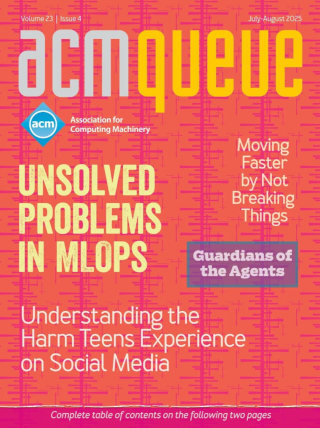
Divided by Division:
Is there a best used-by date for software?
Do you know of any rule of thumb for how often a piece of software should need maintenance? I’m not thinking about bug fixes, since bugs are there from the moment the code is written, but about the constant refactoring that seems to go on in code. Sometimes I feel as if programmers use refactoring as a way of keeping their jobs, rather than offering any real improvement.
Making the Mobile Web Faster:
Mobile performance issues? Fix the back end, not just the client.
Mobile clients have been on the rise and will only continue to grow. This means that if you are serving clients over the Internet, you cannot ignore the customer experience on a mobile device. There are many informative articles on mobile performance, and just as many on general API design, but you’ll find few discussing the design considerations needed to optimize the back-end systems for mobile clients. Whether you have an app, mobile Web site, or both, it is likely that these clients are consuming APIs from your back-end systems. Certainly, optimizing the on-mobile performance of the application is critical, but software engineers can do a lot to ensure that mobile clients are remotely served both data and application resources reliably and efficiently.
Hazy: Making it Easier to Build and Maintain Big-data Analytics:
Racing to unleash the full potential of big data with the latest statistical and machine-learning techniques.
The rise of big data presents both big opportunities and big challenges in domains ranging from enterprises to sciences. The opportunities include better-informed business decisions, more efficient supply-chain management and resource allocation, more effective targeting of products and advertisements, better ways to "organize the world’s information," faster turnaround of scientific discoveries, etc.
A Decade of OS Access-control Extensibility:
Open source security foundations for mobile and embedded devices
To discuss operating system security is to marvel at the diversity of deployed access-control models: Unix and Windows NT multiuser security; Type Enforcement in SELinux; anti-malware products; app sandboxing in Apple OS X, Apple iOS, and Google Android; and application-facing systems such as Capsicum in FreeBSD. This diversity is the result of a stunning transition from the narrow 1990s Unix and NT status quo to ’security localization’ - the adaptation of operating-system security models to site-local or product-specific requirements.



